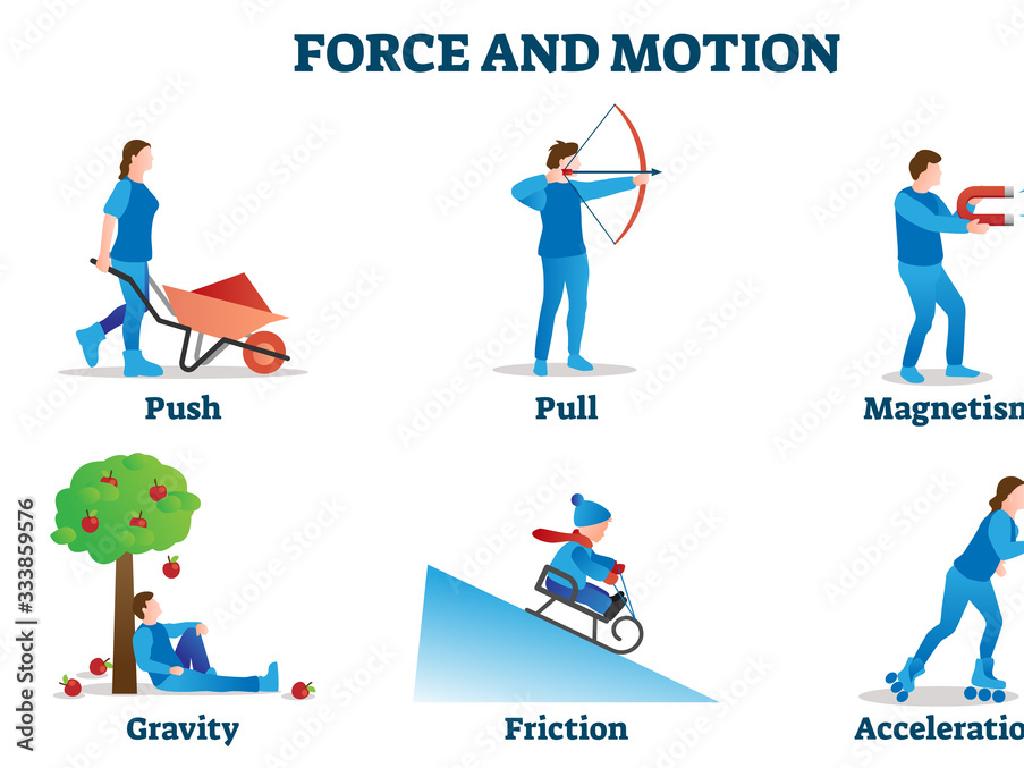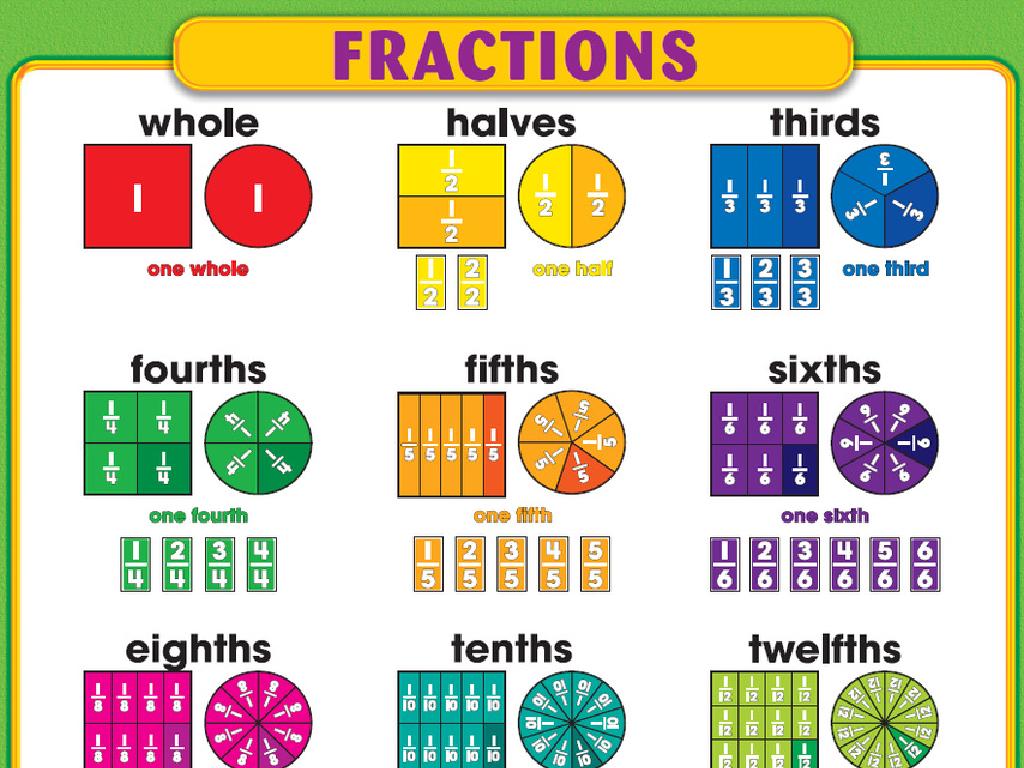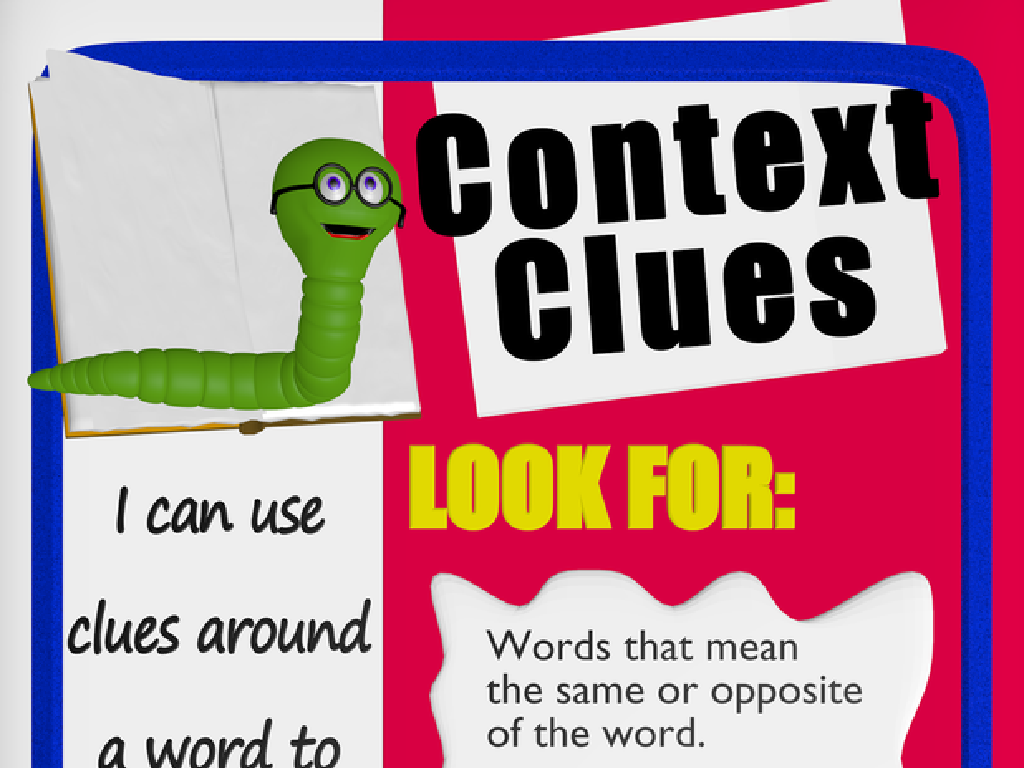Hanukkah
Subject: Social studies
Grade: Second grade
Topic: Cultural Celebrations
Please LOG IN to download the presentation. Access is available to registered users only.
View More Content
Exploring Hanukkah: A Cultural Celebration
– What is Hanukkah?
– Hanukkah is an 8-day Jewish festival of lights.
– Share your family holidays
– Think about a special time you celebrate with family.
– Learning about cultures
– Different holidays teach us about people’s traditions.
– Respect through understanding
|
This slide introduces students to the concept of cultural celebrations, with a focus on Hanukkah. Begin by explaining that Hanukkah is a Jewish holiday also known as the festival of lights, celebrated over eight days. Engage the students by asking them to share holidays they celebrate with their families, which will help them connect their experiences with the new information about Hanukkah. Emphasize the importance of learning about different cultures to foster appreciation and respect. Encourage students to be open-minded and curious about how others celebrate their unique traditions and holidays.
What is Hanukkah?
– Hanukkah: 8-day Jewish festival
– Also called the Festival of Lights, it’s a happy time with family and games.
– Celebrates Second Temple’s story
– Long ago, a miracle happened when the temple was made pure again.
– Candles lit on a menorah
– A menorah holds nine candles, one for each night, plus the helper candle.
– Known as the Festival of Lights
– Lights remind us of the miracle oil that burned for eight days.
|
Hanukkah is a joyful Jewish celebration that lasts for eight days and nights. It commemorates the rededication of the Second Temple in Jerusalem after a group of Jewish warriors won a battle against a larger army. Each night, families light a candle on the menorah to remember the miracle of the temple’s eternal flame, which stayed lit for eight days with only enough oil for one day. This presentation slide introduces students to the basics of Hanukkah, including the menorah, which is a key symbol of the holiday. Encourage students to think about what it means to celebrate with light and to consider how different cultures celebrate their own special holidays.
The Story of Hanukkah
– The brave Maccabees
– A small group fought for religious freedom
– Reclaiming the Temple
– They took back their special place of worship
– The miracle of the menorah
– Wanted to light a lamp, but had little oil
– Eight days of light
– The oil lasted eight days instead of one!
|
This slide introduces the historical background of Hanukkah, focusing on the Maccabees’ struggle for religious freedom and the miracle of the menorah. Emphasize the courage of the Maccabees and the significance of reclaiming the Temple in Jerusalem. Discuss the importance of the menorah and the miracle of the oil lasting eight days, which is why Hanukkah is celebrated over eight nights. Use this story to highlight themes of perseverance, faith, and light. Encourage students to think about what it means to stand up for what you believe in and how sometimes unexpected and wonderful things can happen.
Hanukkah Traditions
– Lighting the menorah candles
– One candle is lit each night until all eight shine brightly.
– Playing the dreidel game
– The dreidel has four sides, each with a Hebrew letter.
– Enjoying fried foods
– Foods like latkes and sufganiyot are eaten to remember the miracle of oil.
– Celebrating for eight nights
|
This slide introduces students to the key traditions of Hanukkah, a Jewish holiday. Explain that the menorah is a special candle holder used during Hanukkah, and each night one more candle is lit to represent the eight-day celebration. The dreidel game is a fun activity with a spinning top that has four Hebrew letters, each representing a different action in the game. Traditional foods like latkes and sufganiyot are eaten to commemorate the miracle of the oil that lasted eight days. These elements help students understand the cultural significance of Hanukkah and how it is celebrated. Encourage students to think about their own family traditions and how they might compare to Hanukkah celebrations.
Celebrating Hanukkah Today
– Hanukkah around the world
– People in many countries celebrate Hanukkah with their own traditions.
– Exchanging gifts with loved ones
– Giving and receiving presents is a fun part of the holiday.
– Gathering with family and friends
– It’s a special time to enjoy with those we care about.
– Singing songs and saying prayers
– Music and prayer are key parts of Hanukkah.
|
This slide aims to give students a glimpse into how Hanukkah is celebrated in modern times across the globe. Emphasize the universal aspects of the holiday, such as the joy of giving, the warmth of family gatherings, and the importance of songs and prayers in creating a festive atmosphere. Encourage students to think about their own family traditions and how they bring people together. You can also discuss the significance of songs and prayers in cultural celebrations and how they help to pass down traditions from generation to generation.
Let’s Make a Menorah!
– Time to craft our menorahs
– Gather paper, glue, and candles
– We’ll use colorful paper to shape our menorah
– Safety first with scissors and glue
– Always have an adult help with cutting and gluing
– Take your menorah home
|
This activity is designed to engage students in the cultural celebration of Hanukkah by creating their own menorahs, which are central to the holiday’s traditions. Provide each student with construction paper, glue sticks, and flameless candles or paper flames to ensure safety. Walk them through the steps of cutting out the menorah shape and attaching the candles. Emphasize the importance of adult supervision when using scissors and glue. This hands-on activity not only fosters creativity but also helps solidify their understanding of the Hanukkah tradition. As a follow-up, students can share their menorahs with the class and discuss the significance of the menorah in Hanukkah celebrations.
Class Activity: Let’s Play Dreidel!
– Learn the dreidel game rules
– Understand dreidel’s Hebrew letters
– Each letter on the dreidel stands for a Hebrew word and tells us what to do in the game.
– Spin the dreidel in turns
– Win and collect chocolate gelt
– Gelt are chocolate coins we play for in the dreidel game, a fun Hanukkah tradition.
|
This slide introduces the dreidel game, a traditional Hanukkah activity. The dreidel is a four-sided spinning top, with each side inscribed with a Hebrew letter. Each letter represents a different action in the game: Nun (à) means ‘do nothing’, Gimel (Ò) means ‘take all’, Hei (Ô) means ‘take half’, and Shin (é) or Peh (ä) means ‘put in’. Students will take turns spinning the dreidel and follow the actions based on which letter it lands on. The objective is to win chocolate coins, known as gelt. Teachers should prepare a dreidel for the class and enough gelt for all students. It’s a fun way to learn about Hanukkah and Jewish culture. Possible activities include: 1) Dreidel spinning contest, 2) Counting gelt math exercise, 3) Dreidel craft-making, 4) Storytelling about the history of dreidel, 5) Writing activity using the Hebrew letters.
Reflection Time: Sharing Hanukkah Discoveries
– What was fun about learning Hanukkah?
– Hanukkah vs. our holidays: any similarities or differences?
– Think about the lights, gifts, and games you know from your holidays.
– Think about what you’ve learned
– Get ready to share with the class!
– Share your favorite Hanukkah fact with friends!
|
This slide is meant to encourage students to reflect on what they have learned about Hanukkah and to relate it to their own experiences with holidays. Ask them to think about the aspects of Hanukkah that they found enjoyable, such as the lighting of the menorah, playing dreidel, or eating latkes. Encourage them to compare and contrast these traditions with those of holidays they celebrate, looking for common themes like family, joy, and light. This reflection will help solidify their understanding of Hanukkah and cultural celebrations in general. During the next class, provide a safe and open environment for students to share their thoughts and learn from each other’s reflections.


/eighth_grade_research_skills.jpg)



